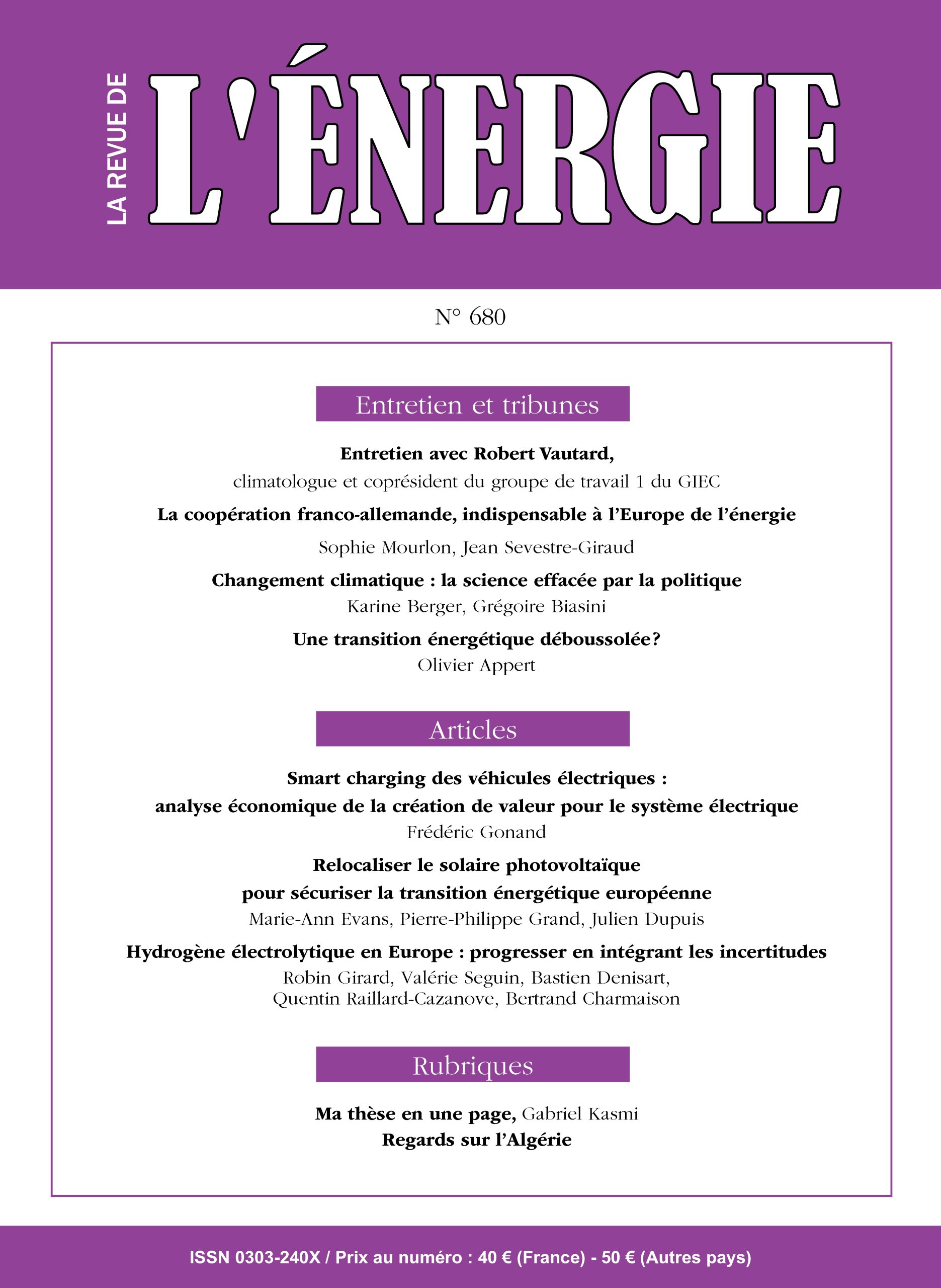La flexibilité de la demande est un axe prioritaire pour assurer la sécurité d’approvisionnement et optimiser le fonctionnement du système électrique. Décaler et moduler les consommations qui peuvent l’être pour consommer « au bon moment », quand la production d’électricité renouvelable et nucléaire est la plus disponible, permettra au système électrique d’accueillir plus d’usages à décarboner. Comment définir cette flexibilité et stimuler son développement ? On distingue quatre types de besoins de flexibilités pour l’équilibre offre-demande du système électrique. À l’horizon 2030, RTE appelle à accélérer le développement des flexibilités de la demande pour y répondre. L’article revient sur ces besoins et présente des recommandations pour lever les freins aux flexibilités structurelles et dynamiques de la demande.
Demand flexibility: the key to decarbonising and optimising the electricity system
Demand flexibility is a priority for ensuring security of supply and optimising the operation of the electricity system. Demand flexibility refers to the ability to shift and modulate consumption where possible so that electricity can be used ‘‘at the right time’’, that is, when renewable and nuclear power is most available. This would allow the electricity system to accommodate more uses and enable their decarbonisation. How can this flexibility be defined and its development promoted? Four types of flexibilities are needed to balance supply and demand in the electricity system, and France’s RTE is calling for an acceleration in the development of demand-side flexibilities to meet those needs by 2030. After examining the needs, the article makes recommendations for removing the barriers to structural nd dynamic demand-side flexibilities.

